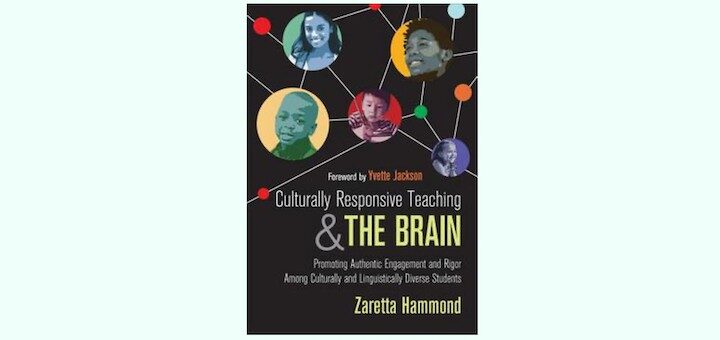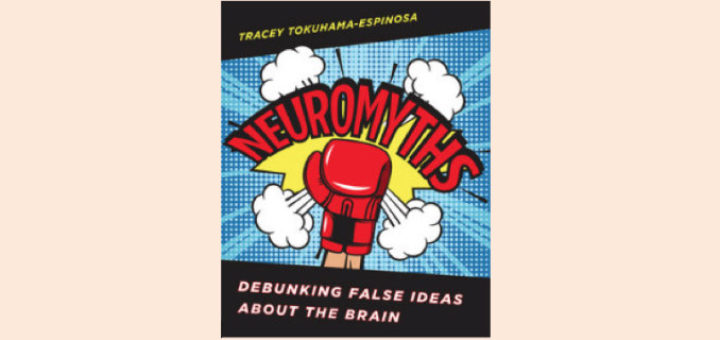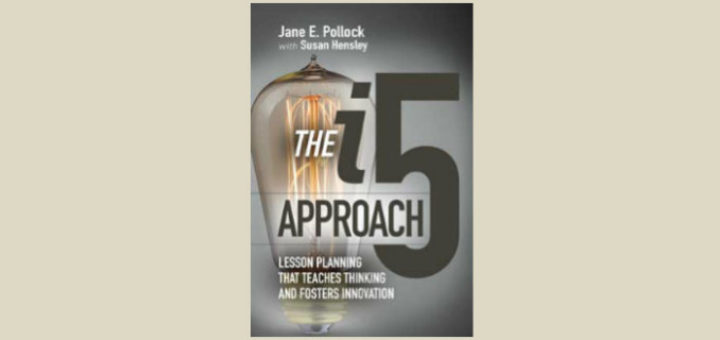Tagged: brain-based learning
In Culturally Responsive Teaching and the Brain, Zaretta Hammond offers a clear explanation of brain-based learning from a culturally diverse perspective and a clear description of how it looks in action through authentic engagement and rigor, writes teacher leader Bill Ivey.
Neuromyths serves as an important reference for teachers who want to sort through competing claims before jumping on the brain-based bandwagon, writes teacher Mary K. Marsh. The book provokes teachers into questioning what really makes an approach neurologically based.
Anyone can doodle, writes Dr. Susan Daniels. When students doodle to represent concepts and ideas, they synthesize information and encode it in memory for easy recall and retrieval. It’s a well-researched strategy that can be used across grade levels and subject areas.
After reading “The i5 Approach” to lesson planning, middle grades teacher Joanne Bell can see that better thinking skills not only lead to a deeper understanding of big concepts, they can spark fresh innovations. Bell welcomes the integration of 21st century skills.
Reviewer Diane Horban says Judy Willis succeeds in intertwining brain research with practical lesson ideas to ignite the thinking power of 10 to 14-year olds in her book, Inspiring Middle School Minds: Gifted, Creative & Challenging.



















